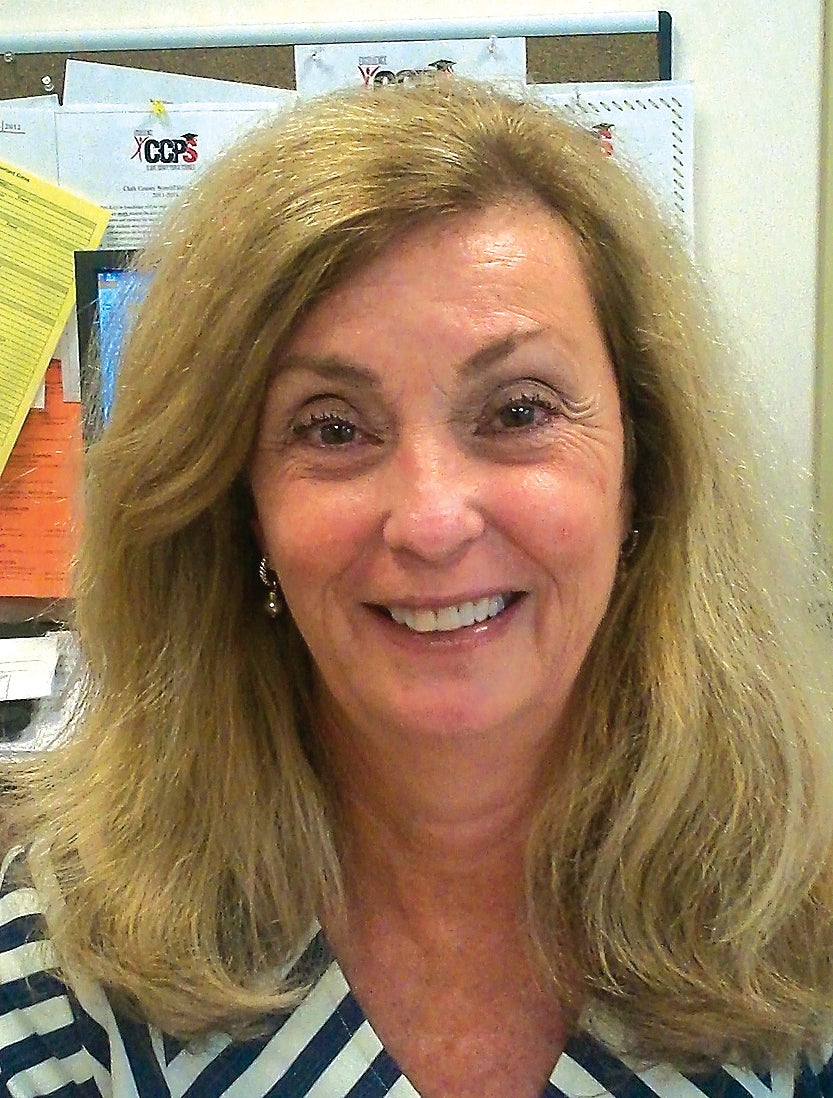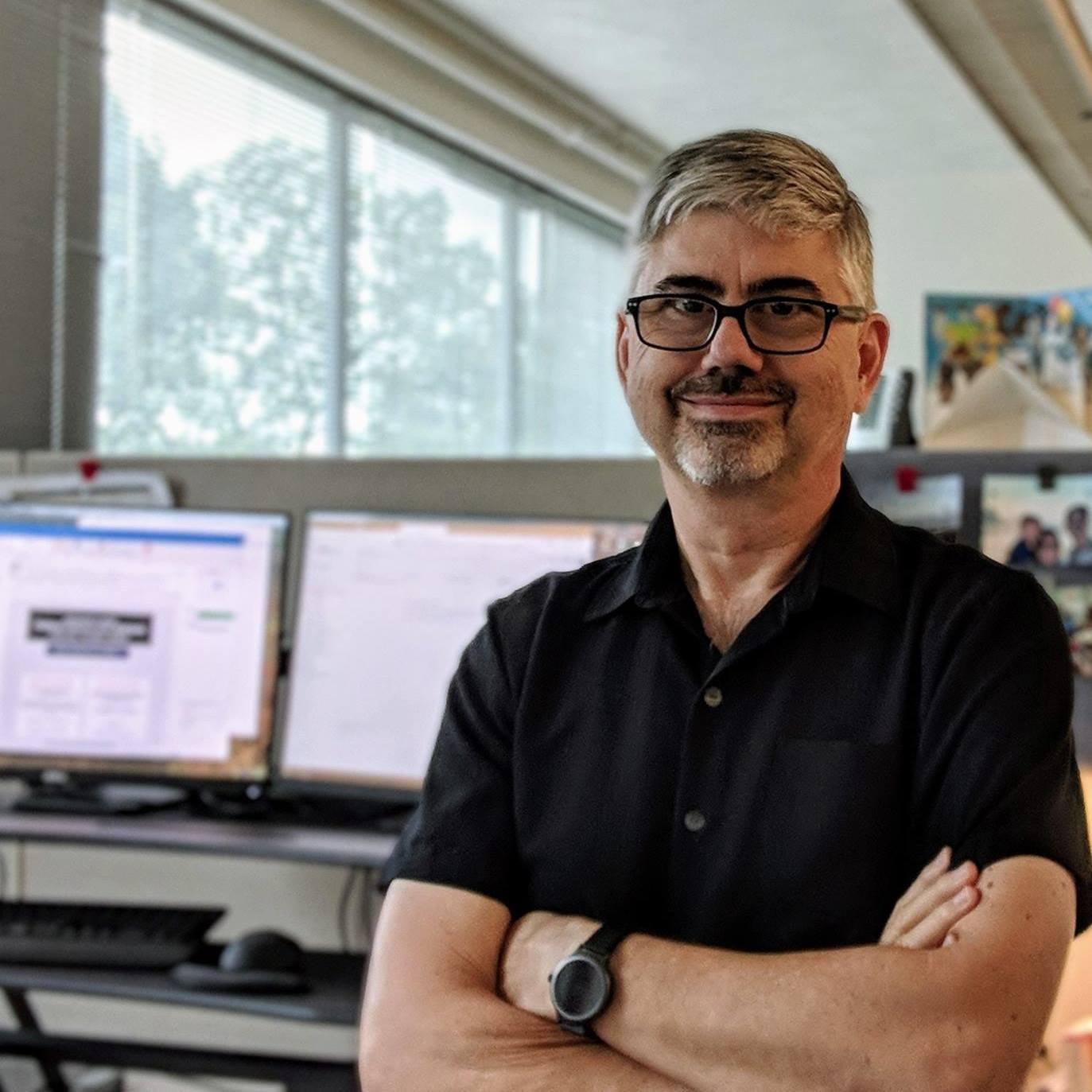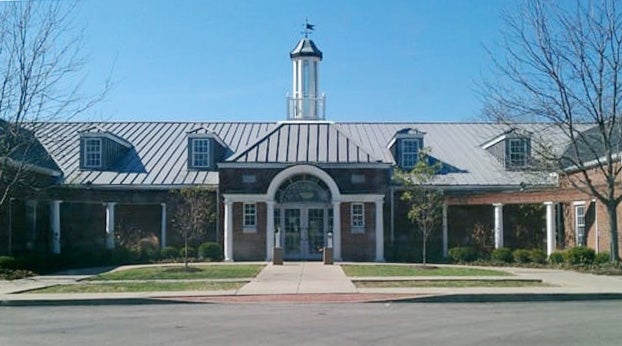Rosenthal: Time to get the classroom out of the box
Published 9:34 am Monday, November 13, 2017

- Pat Rosenthal
Last week I visited a first grade classroom. This class was exceptional as it had learners who were developmentally delayed, learners who had behavior problems and those who had both challenges.
What was so outstanding was the enthusiasm these children had for learning and having some sort of accomplishment. You might say they are not aware why they are in this class, but I found out quickly they knew who was misbehaving and needed to pay attention.
This reminded me of what I missed at the 8-12 grade levels. Learning enthusiasm was mixed and it was hard to energize the students. Now with all the technology there are more obstacles that teachers must overcome to get students to want to learn.
Most students find the material archaic and having no connection to what they remember in their lives thus far. It is up to the teacher to find relevance between then and now. I say this as I looked at the textbooks I used to teach in the 1980s and that same material is in the current textbook.
When I asked some first grade students if they like school, they all shouted “yes.” Why did they like school? Some said they liked the teacher, some said they liked to go outside and some liked being with their friends.
As you can see, school is a cultural institution much like a family that makes children feel secure in what happens day to day. So how do we keep that level of security and enthusiasm as children get older?
Mainly it comes from the teacher and how the classroom is structured. If a teacher goes through the lecture process each day and the student takes notes, then it becomes boring.
If, on the other hand, the teacher allows the students to set the discussion and the topic is researched by the student, then it becomes more interesting. This type of classroom is not the norm but is trending now in education.
The teacher gives the topic to the students and they research the background and present it to the class along with discussion and or projects that cover the material.
It becomes a “student-centered” classroom rather than “teacher-centered.” This type of learning teaches responsibility, cooperation and, most of all, has a high level of understanding for the subject.
This type of education is called inquiry-based learning. It promotes self-assessment and self-directed learning. For high school students, it is the answer to boredom. It allows for a technology-driven curriculum while students set the parameters for inquiry.
Some teachers are using this technique in project-based learning but the mainstream pretty much sticks to the lecture/discussion mode. With the world changing so rapidly and the information being sent so quickly, it seems this would be a good alternative to keep older students wanting to learn.
Public education needs to change and become more flexible. What has been taught and how it has been taught for hundreds of years is not helping public education be competitive with the new trends being advertised in non-public schools.
Still, many private and charter schools are still using a traditional curriculum and teaching method, so now is the time for public education to “step out of the box” and be innovative in its approach to teaching and learning.
Pat Rosenthal is a former teacher and administrator for Clark County Public Schools.





